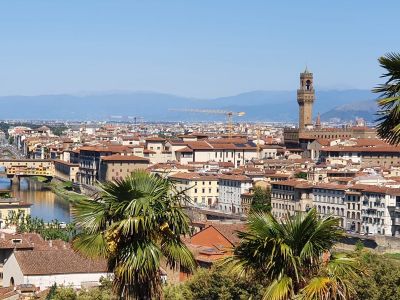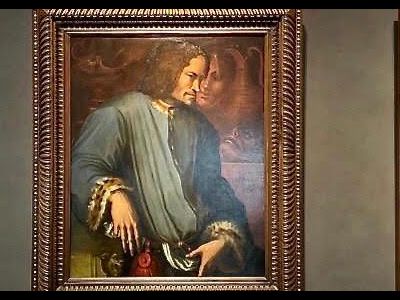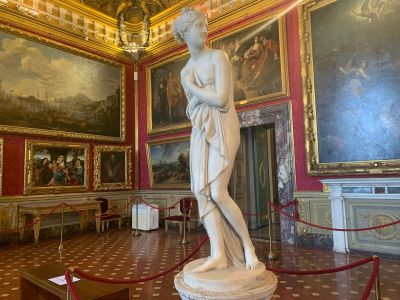History of perfumery

Florence, the city of flowers, beside Art, Fashion and Food traditions, is linked to the history of fragrances.
THE ORIGINS OF FRAGRANCES
Today the use of fragrances is not only connected to the pleasure, but it has also a therapeutic use, in fact since the time of Hippocrates the perfumes were used for their curative virtues.
In ancient times the fragrances were mainly used to please the Gods, the habit to burn essences and incenses on altars with the smoking going up to the sky was a symbol of prayer and devotion. In the Greek classical age, the moralists and also philosophers as Socrates and Diogenes condemned the use of fragrances, actually the use and abuse of essences and perfumed balms for the body hindered the memory of Man’s animality and of his mortal nature.
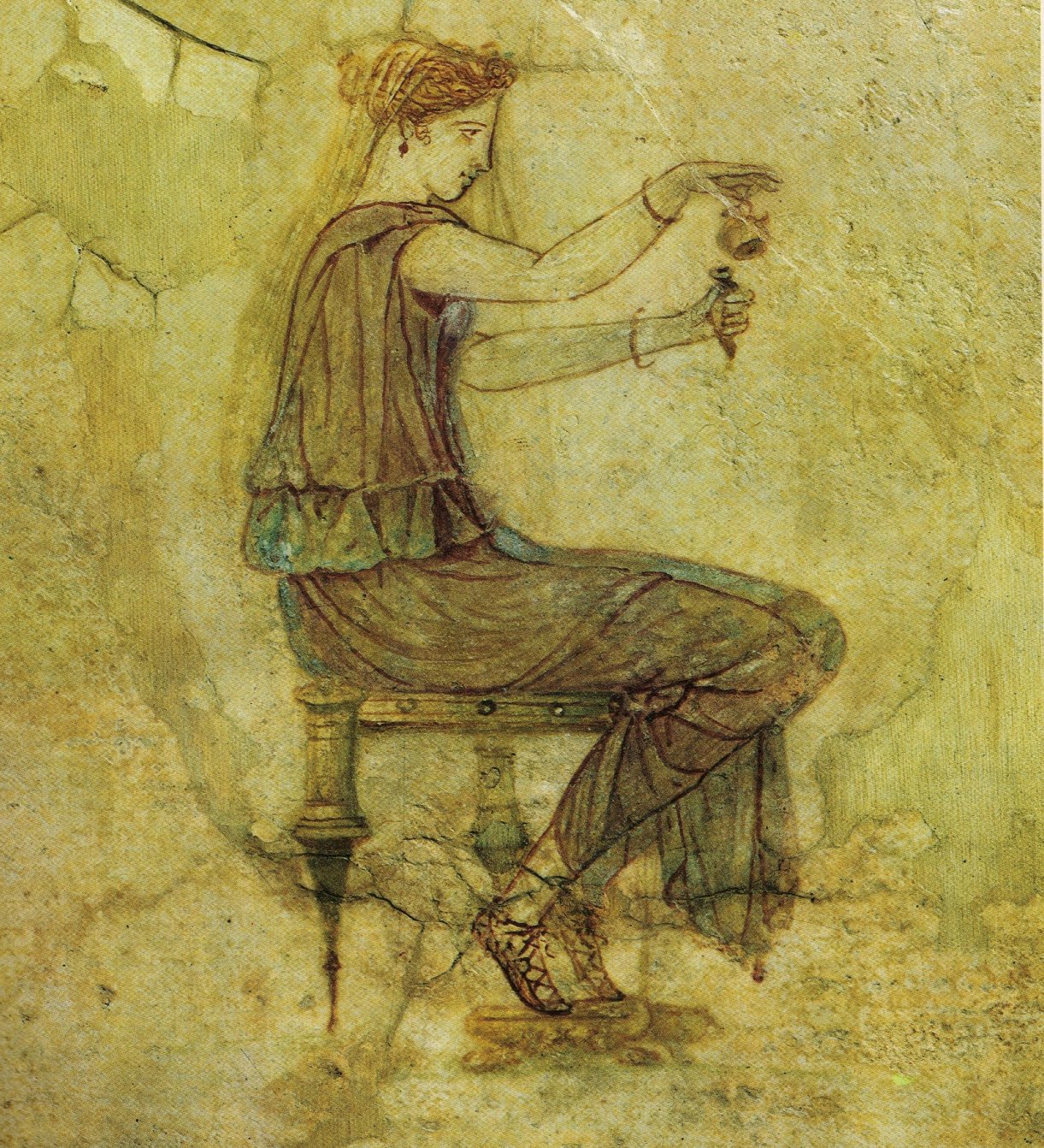
It was thought that the abuse of fragrances usually devoted to Gods was the evidence of an attempt of humankind to reach the immortality.
Alexander the Great, on the 4th century BC, did long journeys in India, Persia and Asia Minor getting the best aromatic herbs and he showed to the entire world the “spices and fragrances road”. The booty of his victory on the King of Persia, Darius III, included together with gold and precious materials, also fragrances and aromatic herbs.
The conquests of Alexander contributed to the diffusion of animal derivation fragrances such as the ambergris and the musk, in the Mediterranean area.
During the Hellenistic period the production of fragrances was started in a large scale, the rich began to use perfumes and scented oils for the body. Its perception changed, the human body became precious and it could receive the same attentions once reserved only to Gods, so the productions of fragrances became “industrial”.
In Athens perfume shops were opened near the Agora, the main square, and they became meeting places for the rich aristocrats, the same happened in Rome too. In the Golden Palace of Emperor Nero, essences were burnt continuously and during the sumptuous parties and events he organized, the ceilings were opened letting fall down a rain of precious fragrances.
THE PERFUMES IN THE RENAISSANCE
Through the Middle Age we arrive to the Renaissance time and it’s here in Florence that the production and use of perfumes became more and more important.
The distillation of flowers and the use of essences marked the social role of the rich merchant Florentine class that felt the necessity to distinguish also through the use of expensive and valuable fragrances. The art and the social habits show the importance of the olfactory experiences in Florence.
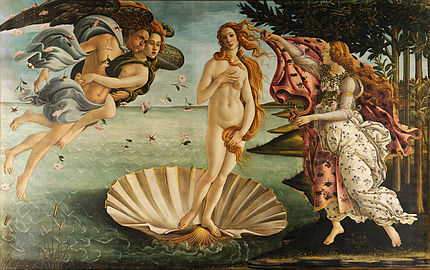
The perfume, balm of immortality, loved by Venus, the Goddess of Love and Beauty, suggests that the Divinity has a nice smell due to her own nature, because she feeds her body with fragrances and they evoke the image of an incorruptible, immortal and divine body.
The art of perfumery was born in Crete and Cyprus, the island devoted to Venus, known as the “Cipria (face powder) Goddess”.
It was here that together with other fragrances, rose oils were created, being the rose a flower referred to Aphrodite, as we can see in the famous painting by Botticelli at the Uffizi in Florence.
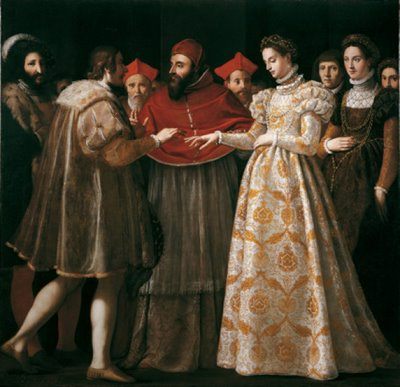
CATHERINE DE’ MEDICI
In 1533 the 14 year old Caterina de’ Medici married the Duke of Orléans, future King of France, also aged of 14. She introduced to the the French court the use of fragrances, thanks to her chef Perfumer, Renato Bianco.
“René le Florentin”, as he was known in France, worked hard and gave his contribution to the birth of many French perfumers that opened shops everywhere in Paris to provide fragrances to the main aristocrats of the city.
If we should identify the time of the rebirth of the use of perfume after its popularity in Greek and Roman times, we can affirm that it’s thanks to Caterina de’ Medici at the court of France that it became essential to the social life of the rich and powerful high society.
She came from Florence, where the fragrances were normally used by the noble Ladies and where the friars were devoted to the distillations in the convents of the whole Italian peninsula.
TITIAN - LA BELLA The great Venetian master, in his painting “la Bella”, the beautiful lady, at the Palatina Gallery of Pitti Palace in Florence, portrayed a nice girl (probably the same one of the Urbino Venus at the Uffizi) wearing a sumptuous velvet dress with a belt made of small spheres full of fragrances as usually the noble women wore.
Today in Florence the tradition of creating new and tailor made fragrances is still present, excellent “noses” are creating extraordinary and unique perfumes in their ateliers, developing and keeping in life an old tradition born in the Renaissance with Mister Bianco, the perfumer of Caterina de’ Medici, master of delicate and sensible scenting.
if you wanto to know more and experience our private guided tour, please click HERE





